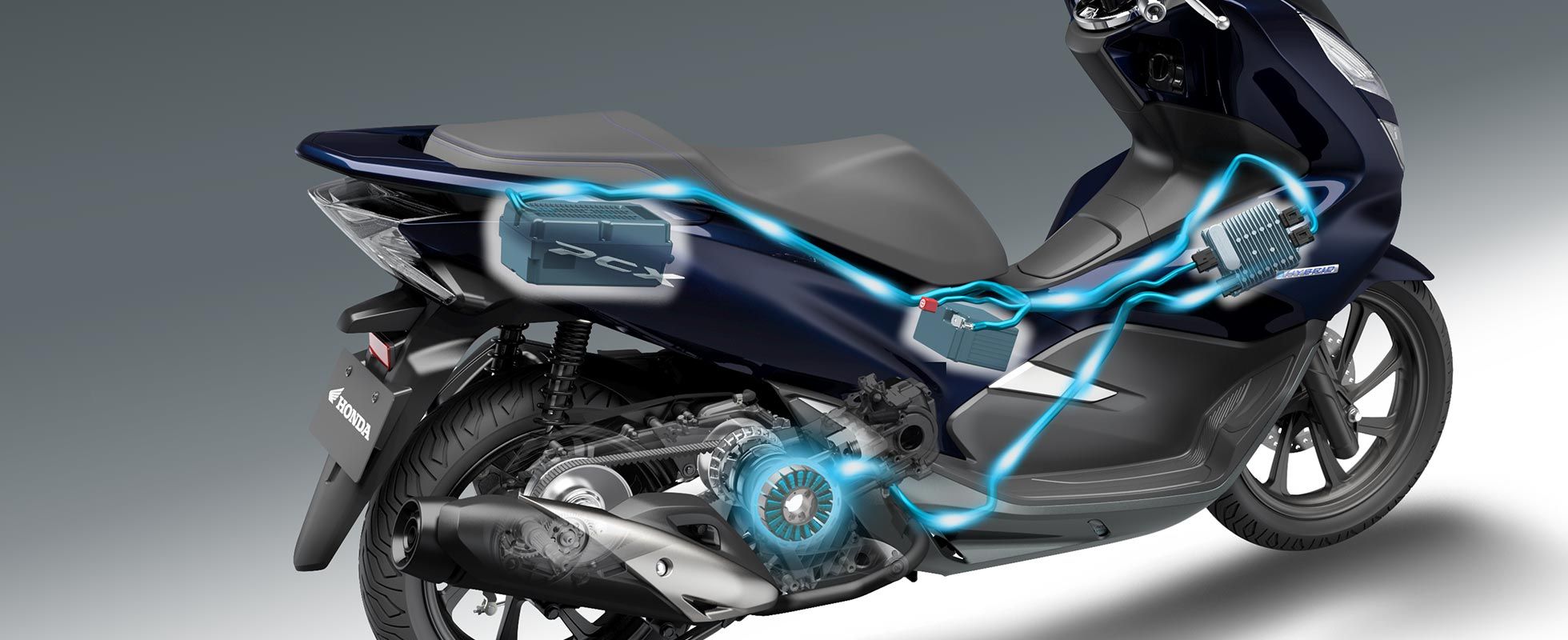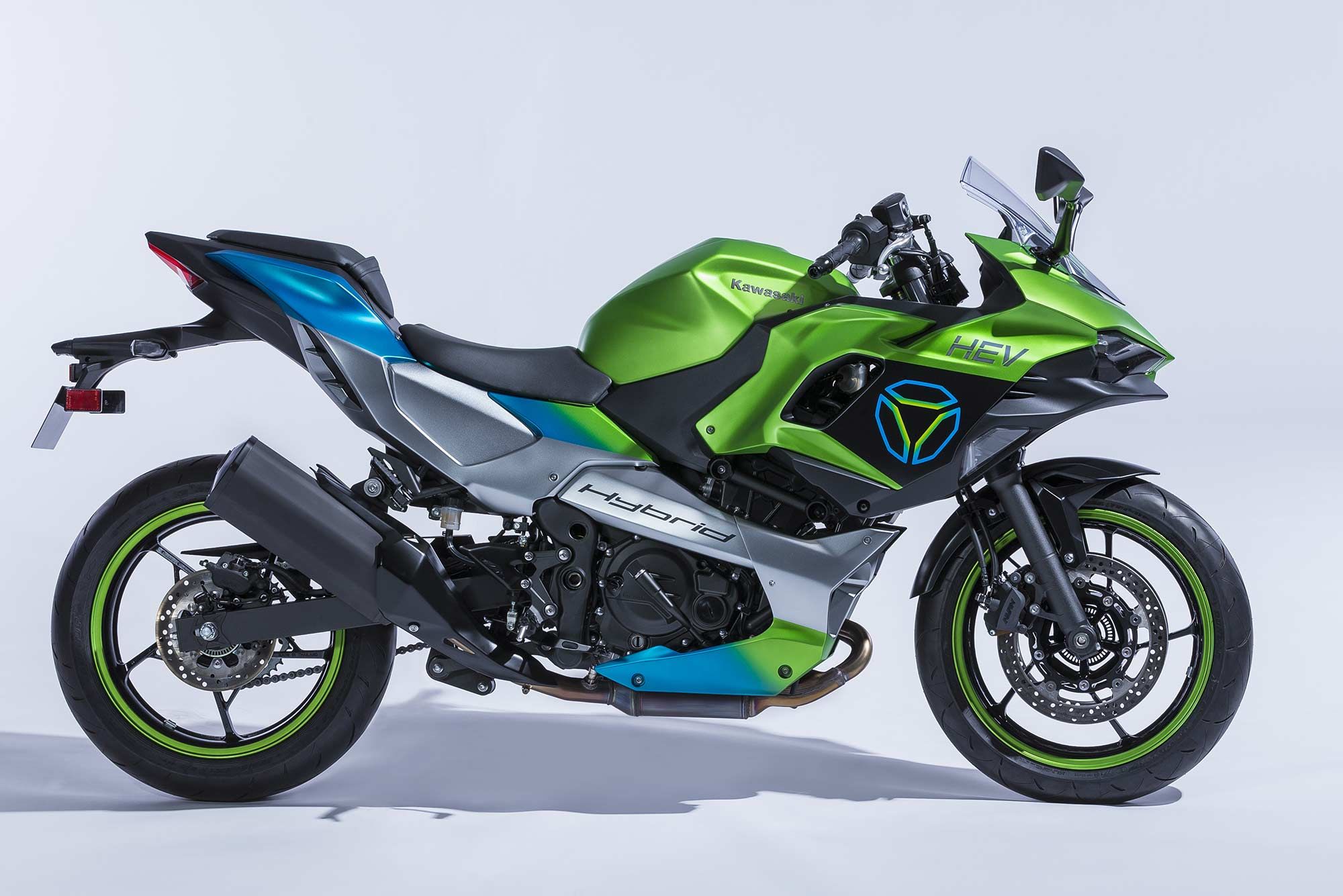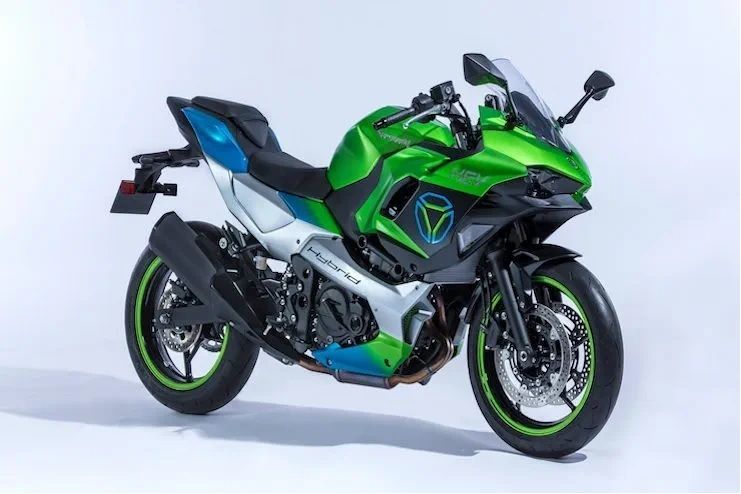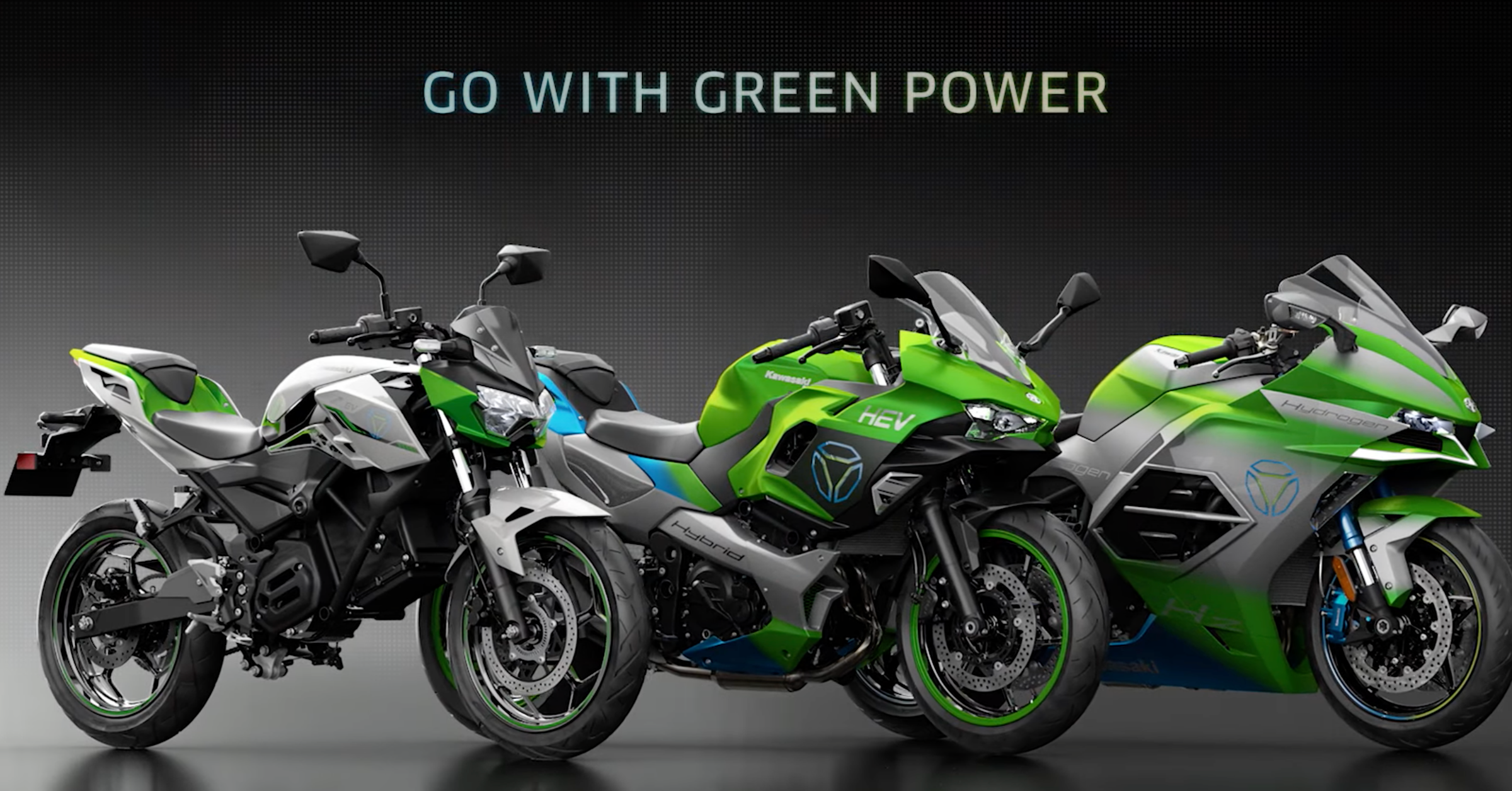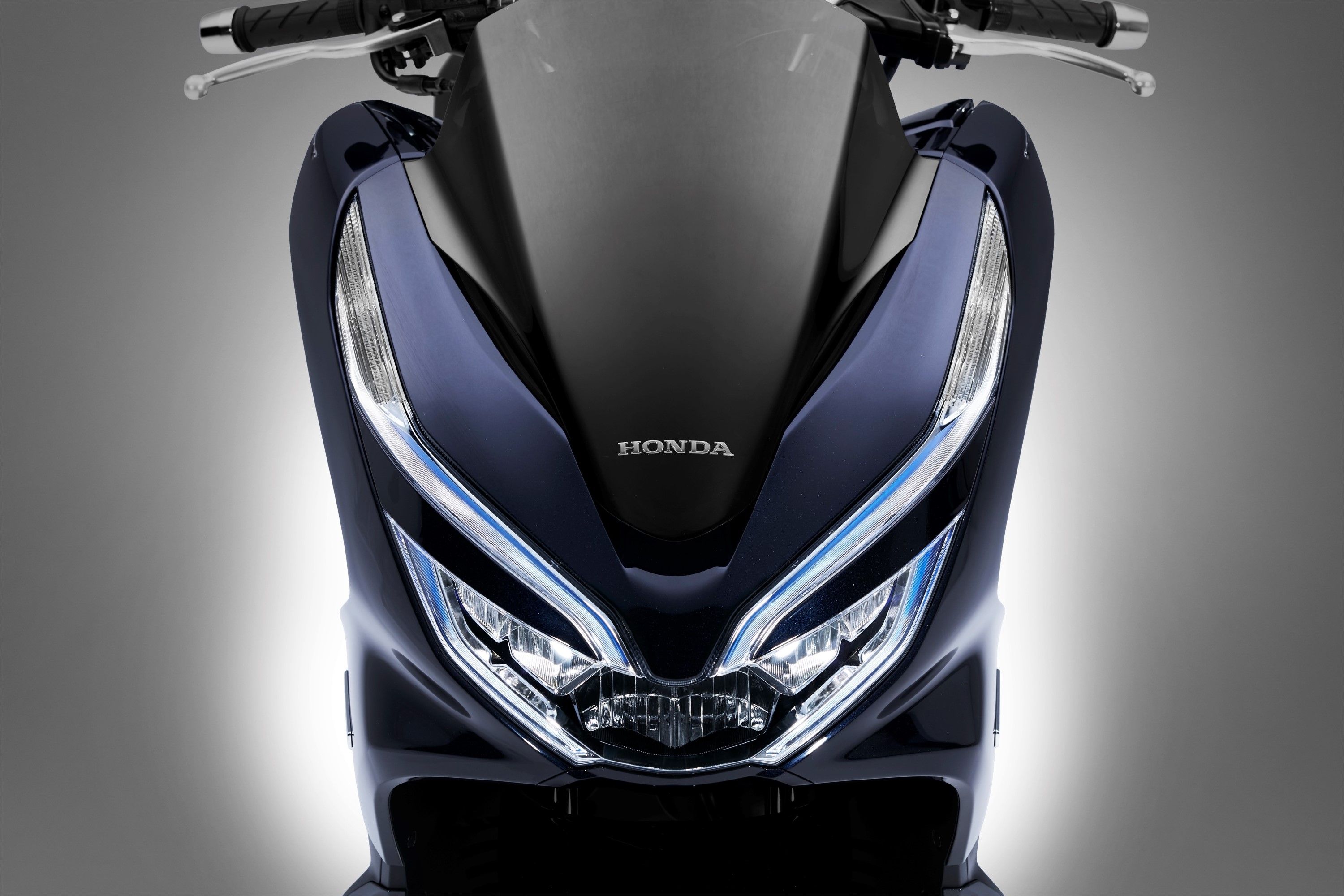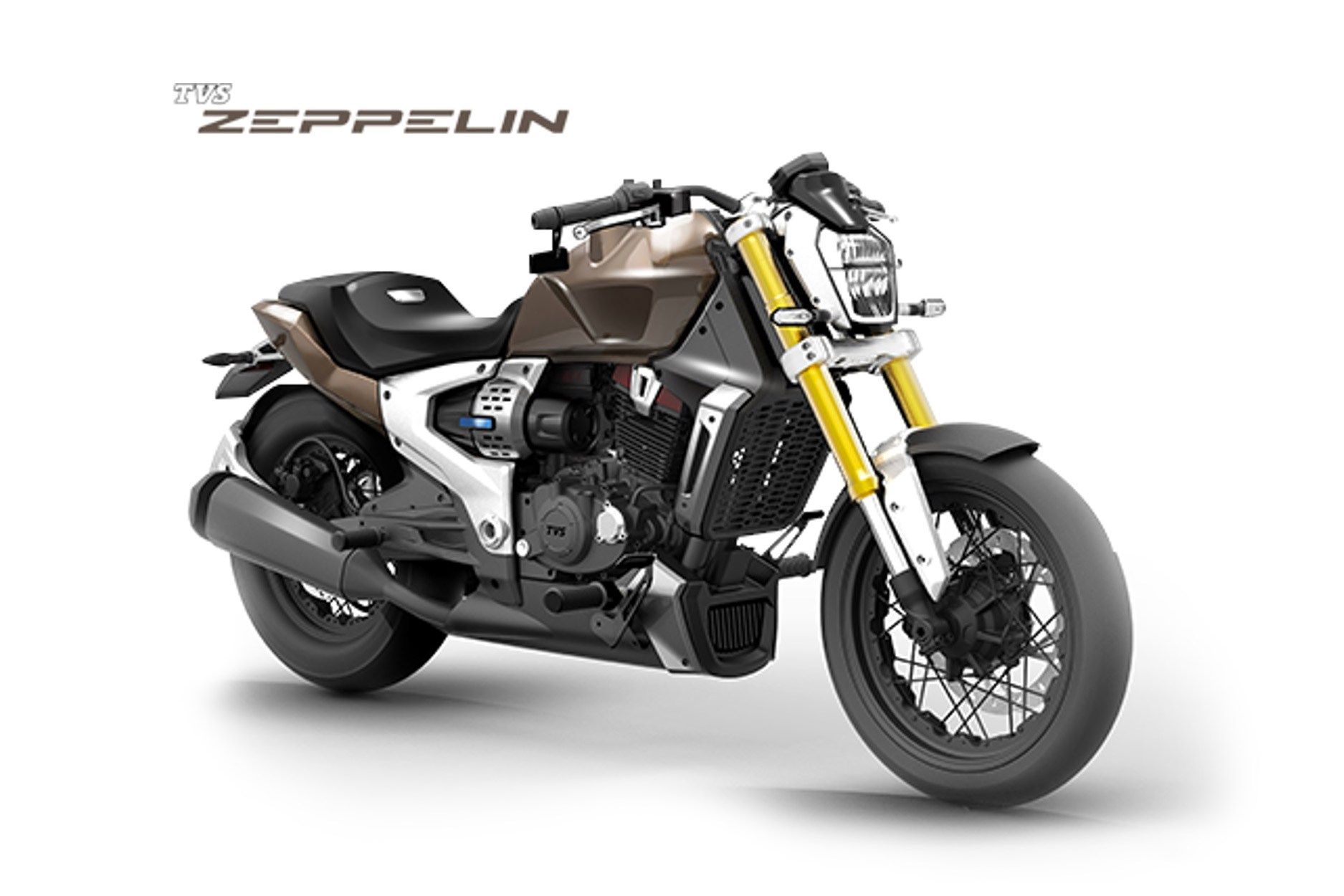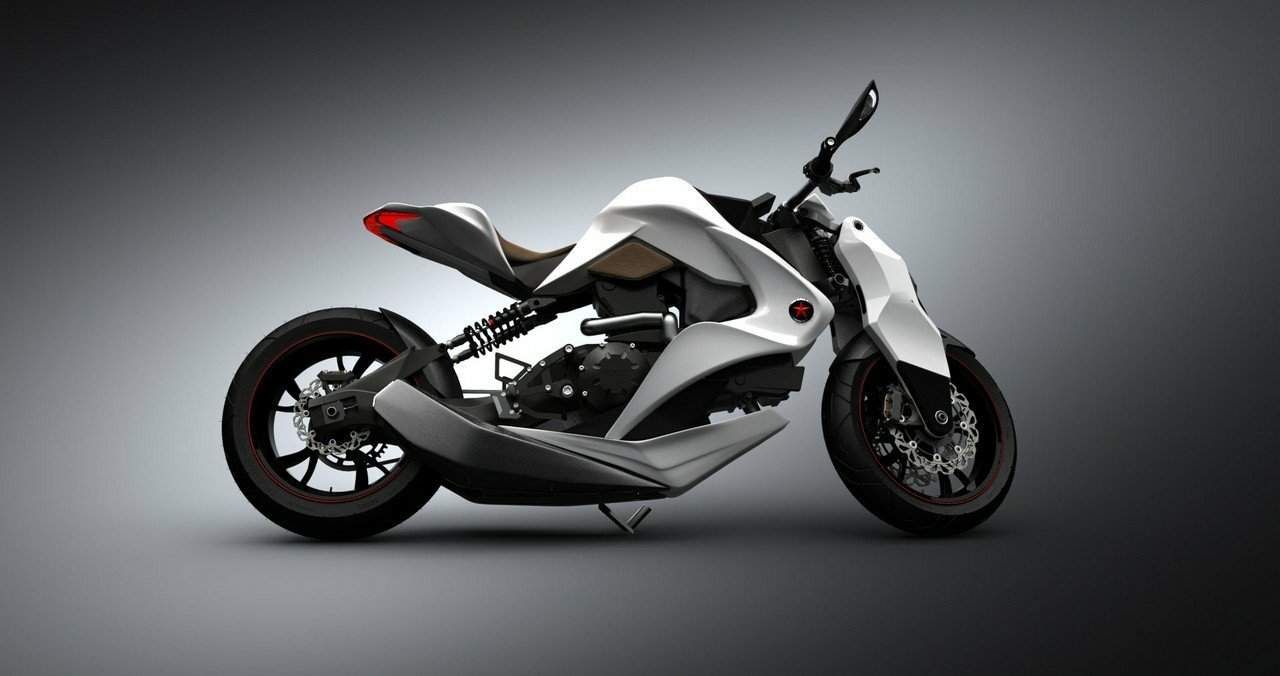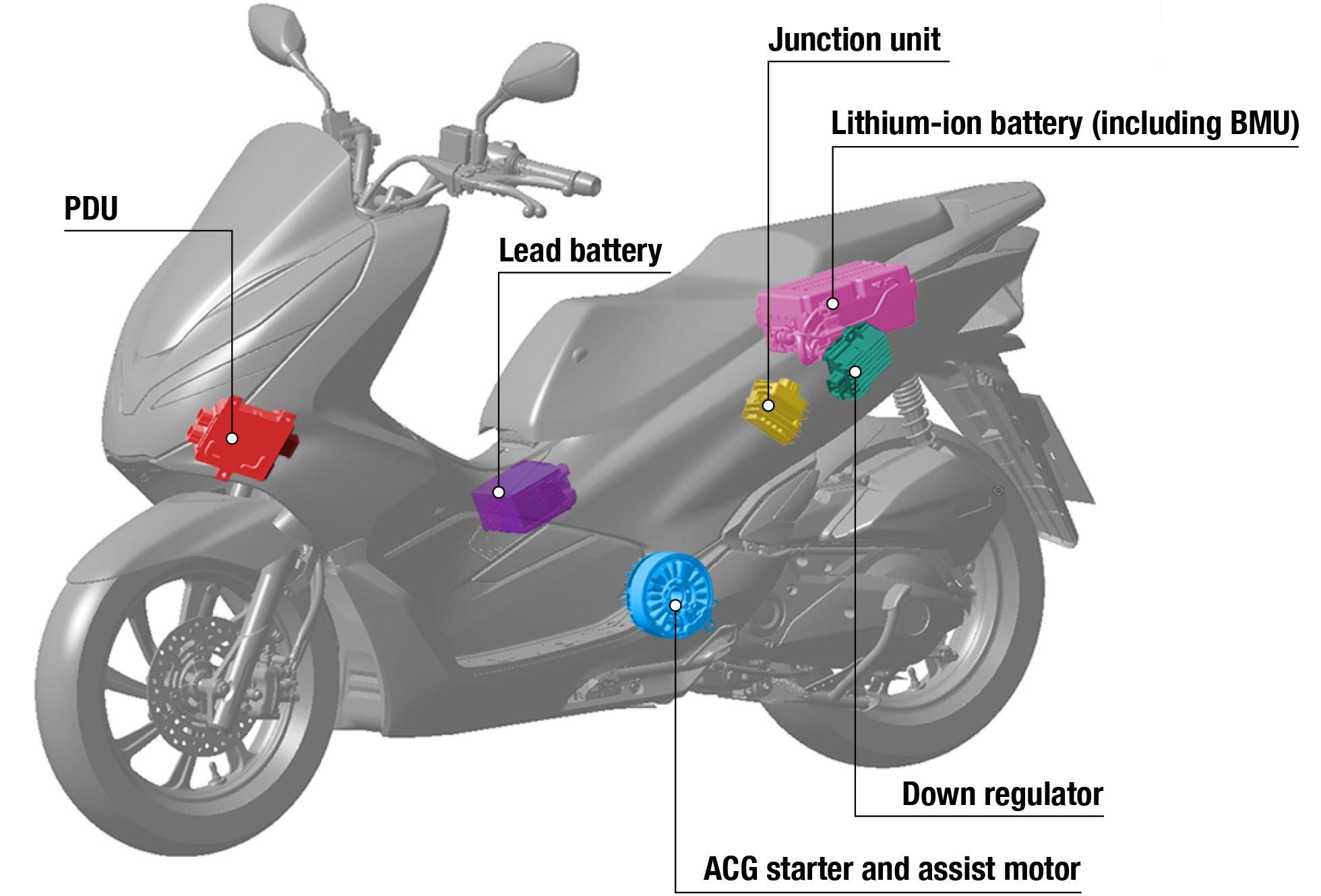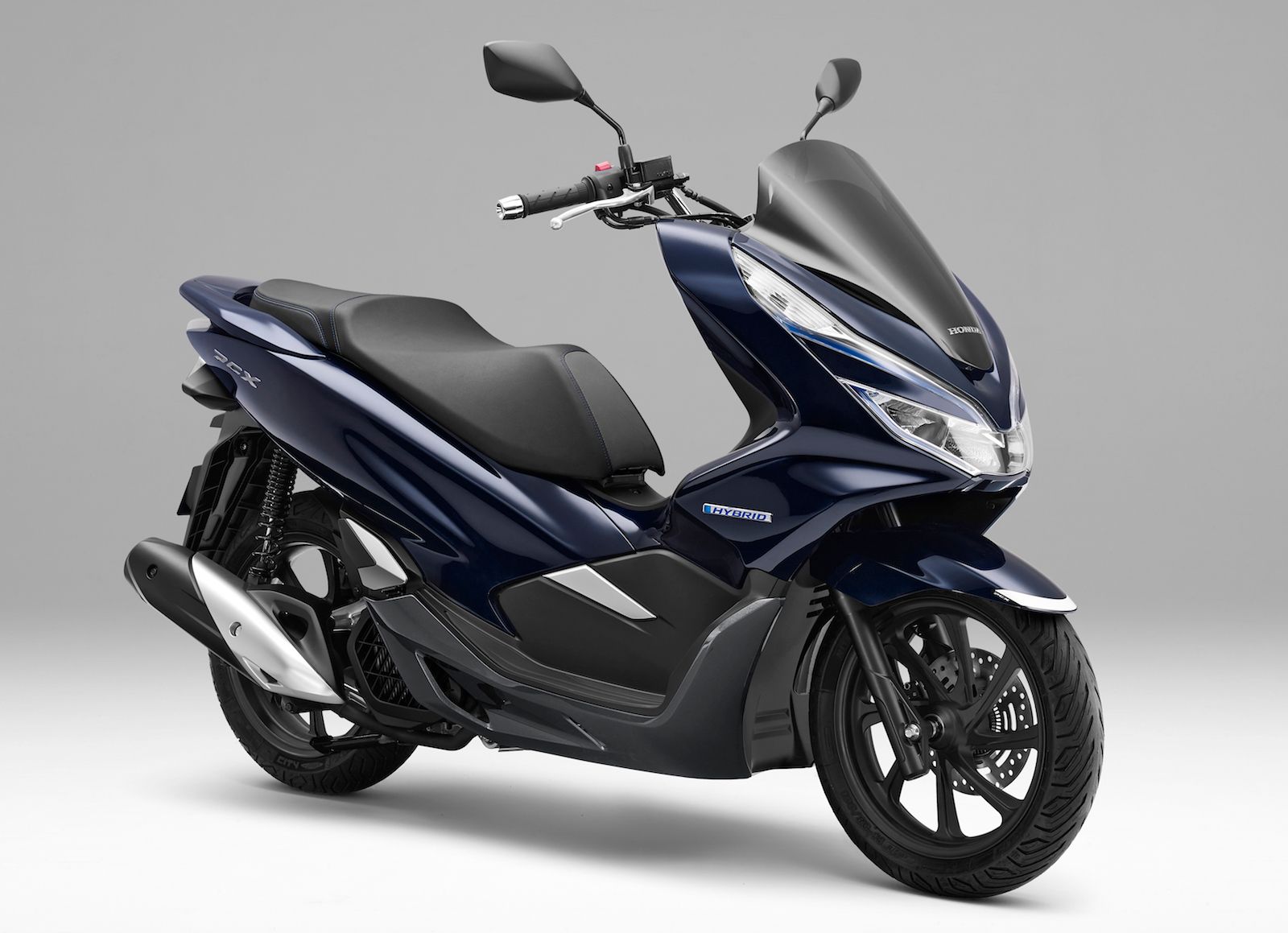With the environmental lobby making ever-louder noises about exhaust emissions of the oil-burning internal combustion engine, manufacturers are scrambling to develop alternative technologies and power trains for their products, and it is no different in the motorcycle industry. While full electric motorcycles are the easiest solution, they are not necessarily the best due to their obvious restrictions and issues. Another solution is the hybrid motorcycle power train, which combines both a petrol engine and an electric drivetrain. There are both pros and cons to the idea and there has been little movement in the industry towards a hybrid solution, but it remains an interesting alternative.
10 What Is A Hybrid Motorcycle?
A hybrid motorcycle has both a petrol-burning internal combustion engine and an electric motor. There are two types of hybrid powertrain. A Parallel Hybrid has an internal combustion engine and an electric motor, both of which can drive the rear wheel, either together or individually. In a Series Hybrid, only the electric motor drives the rear wheel, while the internal combustion engine is there to generate electricity, which can be used directly or stored in batteries. The benefit of a series hybrid is that the engine can be a lot smaller than would be required to drive the vehicle, and it can operate at its most efficient speed.
9 Why Have A Hybrid Motorcycle?
Motorcycles already use a lot less fuel than automobiles for the same journey. But still, many cities in many countries are legislating against any form of petrol or diesel-burning vehicle drive within set limits of the city, in order to prevent excessive pollution from exhaust fumes. Even though motorcycles use a lot less fuel and take up a lot less space, both when driving or parked, they are also legislated against. Being able to use an electric motor when in low-emission zones in cities but switching to an internal combustion engine when on the open road gives the best of both forms of propulsion.
8 Pro: Best Of Both Worlds
A hybrid motorcycle, whether a series hybrid or a parallel hybrid, is the best of both worlds - the electric motorcycle and the petrol motorcycle. One of the problems of electric motorcycles is range anxiety and re-charge time, which can be short and long respectively, neither of which are practical when outside a populated area and re-charge stations might be thin on the ground - for now, at least. But they are quiet and clean in an urban setting. Petrol engines can be noisy and polluting, but the availability of petrol is universal, so it is unlikely you’ll ever be far from a gas station, and it takes minutes to fill up and be on your way.
7 Con: Expensive To Buy
Any new technology is expensive and hybrid motorcycles re going to be no different. Companies have spent millions of dollars - and will continue to spend millions of dollars - developing hybrid technology and power trains and, until they start selling in their thousands, the return on investment can only be made by making each vehicle sold outrageously expensive, which in turn will slow down the sales growth, which will mean it takes the companies longer to recoup their development costs. Eventually, of course, the technology will become commonplace and much cheaper but, until then, expect to pay for your environment conscience.
6 Pro: Cheaper Running Costs
Running a pure electric motorcycle isn’t exactly expensive, a full charge costing a lot less than a full tank of gas. But there is the penalty of time and inconvenience when charging the batteries. Running a petrol engine is expensive, not only because of the price of gas, but also the cost of maintenance. Then, there are the charges cities will increasingly impose to ride a petrol motorcycle within the low-emission zones. A hybrid motorcycle, particularly a series hybrid, will be a lot cheaper because a small petrol engine, running at its most optimal speed, is charging the batteries or providing electricity directly to the motor. You’ll never need to wait for the battery to re-charge, never have range anxiety and never pay emission charges in a city.
5 Con: Silence Isn’t Necessarily Golden
One claimed advantage of electric vehicles, apart from the lack of airborne pollution, is the relative lack of noise pollution. In general, this is a good thing as it will make our cities much quieter. However, there are also dangers to being too quiet: pedestrians are, at the best of times, pretty unaware of what is going on around them and that is with the noise of an engine right beside them. Remove 90% of the noise of a fast-moving vehicle and the potential for disaster is multiplied many times.
4 Pro: They Are Only Going To Get Better
We are at the beginning of the development curve of hybrid motorcycles, but already the advances that have been made are impressive. This isn’t a development program that is going to stop any time soon, so hybrid motorcycles are going to get better and better as more experience of running them in the real world by thousands of riders is gathered, faults and issues are flagged and dealt with, and new technologies developed to improve efficiency of both the petrol engine, the batteries and electric motors.
3 Con: Packaging
As we’ve seen with electric cars, there is a lot of space to fit huge and heavy battery packs, which are anyway required to deal with the weight of a car. Packaging sufficient battery power and an electric motor into a motorcycle and keeping it small and light enough to be handled by anyone is one of the biggest headaches facing manufacturers. Now, imagine fitting both an internal combustion engine, along with its fuel supply, a battery and an electric motor into the space between the wheels and making it no wider than a normal motorcycle and, crucially, no heavier, and you start to run into serious problems. Of course, this will promote the speedy development of ever smaller engines and batteries, but this will take time.
2 Con: It’s Always Going To Be A Compromise
Because of so many factors - packaging, cost, relative efficiency of both internal combustion engine and electric package - there will inevitably have to be compromises for each component, which could possibly affect the efficiency of each component, making the hybrid motorcycle worse overall than a pure electric motorcycle or one with an internal combustion engine only. Again, intensive development spurred on by consumer demand will address these issues, with greater or lesser success but this will take time and money, by which time the concept might have been proven to not work that well.
1 Who Is Building Hybrid Motorcycles?
You have to imagine that every manufacturer worth its salt is beavering away behind closed doors looking at every alternative propulsion solution for motorcycles, in order to not get left behind and to even steal a march on their rivals. However, news has been slow to emerge. In 2008, Honda said it was working on hybrid technology, having figured out how to make hybrid drivetrains work without breaking the bank. The resulting PCX150 scooter is only available in Japan. Piaggio built and sold hybrid versions of the three-wheeled MP3, the Hybrid LT 300 i.e., as well as the classic Vespa but neither made a dent in the market, being too expensive and thirsty for petrol. Most recently, Kawasaki revealed patent drawings in 2019 that show details of its hybrid motorcycle design, but nothing else has been heard for several years.


